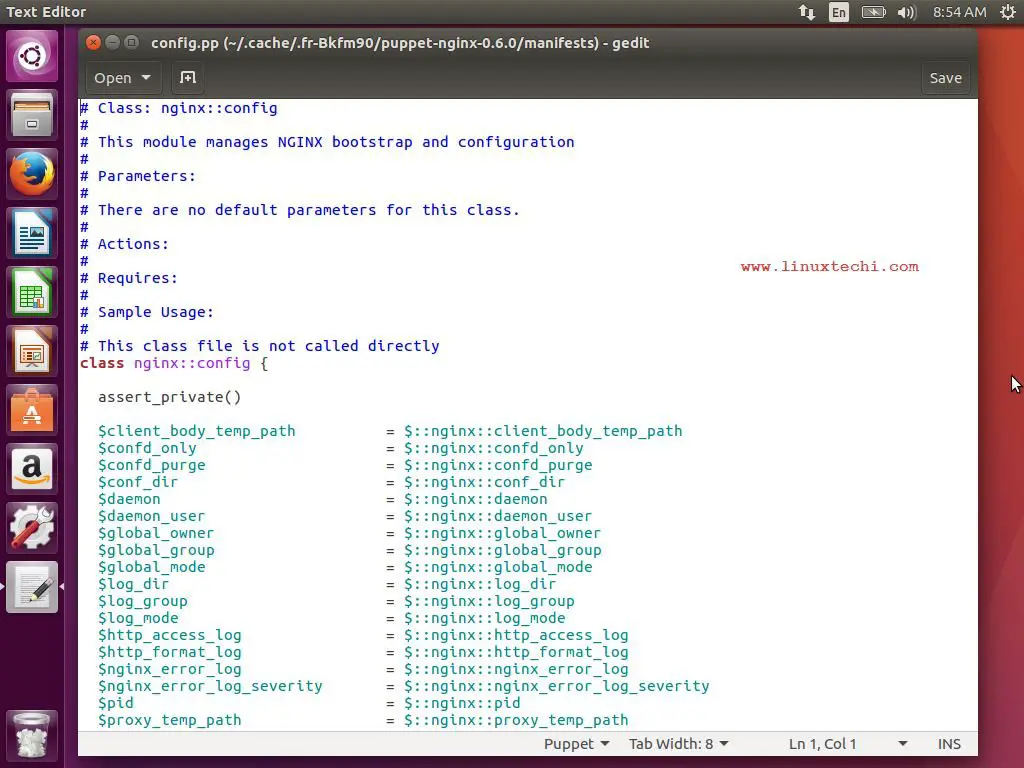- The Best Free Text Editors for Windows, Linux, and Mac. To Emacs, which is a personal information management and outlining tool. If you prefer text editors with GUIs, Vim and gEdit are both good options and are available. Vim is essentially the graphical version of Vi. And Mac OS X) editor, jEdit, supports syntax highlighting for.
- Gedit is the GNOME text editor. While aiming at simplicity and ease of use, gedit is a powerful general purpose text editor. Notable Features. Full support for internationalized text (UTF-8).
A text editor is at the core of a developer’s toolbox, but it doesn't usually work alone. Work with Git and GitHub directly from Atom with the GitHub package. Create new branches, stage and commit, push and pull, resolve merge conflicts, view pull requests and more—all from within your editor.
Does anybody know if you can setup remote connections in gedit(on mac os x snow leopard), so I don't have to keep ftp'ing up seperately.
I know it can be done on Ubuntu but can't figure out how to do it on a mac, if even possible.
2 Answers
An application independent solution for this would be sshfs on OSX through MacFUSE. sshfs is also available for Linux.
synthesizerpatelsynthesizerpatelThis sshfs with a GUI is also available via MacPorts.
There is also a possibility of automatic upload after each file save in Transmit and in Cyberduck (FTP programs).
Not the answer you're looking for? Browse other questions tagged macosconnectiongedit or ask your own question.

I work a lot at the command line in a Terminal and would like to start a text editor on a certain file. I'm from Linux Land and normally use kwrite or gedit from a bash shell. Trying to find the Mac equivalent, as a guess, tried
and
and
and other variations. I can't seem to find the proper name of the text editor app. (No, vi isn't to my liking.) Oddly, the guy at an Apple store didn't know this.
Joel Spolsky♦8 Answers
Here are some possible answers, all using the 'open' command-line utility.
The -a option means 'open the file argument with the named application':
open -a TextEdit file.txt
The -e option means 'open the file argument with the TextEdit application':
open -e file.txt
The -t option means 'open the file with the default application for editing text files, as determined via LaunchServices'. By default, this will be /Applications/TextEdit.app; however, it's possible for this setting to get overridden:
open -t file.txt
Finally, any file that's of the 'text' type will get opened by the application bound to the text type if you just say open file.txt. You can use the 'file' command to reveal what the operating system thinks the file type is: file file.txt. So, for example, if you renamed 'file.txt' to just 'textfile' then open textfile would still open it in the default text-file editing application, as long as file textfile still thought that 'textfile' was actually a text file.
A short 'help' file on open can be found by running
Or you can read the whole manual with
CousinCocaine:max_bytes(150000):strip_icc()/gedit2-58504af23df78c491ebf92eb-5bcf707346e0fb00513a16b3.jpg)
The default text editor is TextEdit. You can open a text file in there by using open -a:
If you want to use another app, just put it's name in, like this:
Nathan GreensteinNathan GreensteinThere are two ways:
If your default text editor is TextEdit, you can simply use
to open it in TextEditor.
If your default text editor is not TextEdit, and you want to open it in TextEdit specifically, you can use
Either of those can be made an alias in your shell config file, of course.
mipadimipadiIf you search for a comfortable way with more 'linux feel'add something like the following to your ~/.profile:
or
depending on your editors.
If you already started to write in terminal and you want to continue on your favorite editor you can press ctrl+X, ctrl+E and continue working in emacs or your default bash editor.
If you want to change the default editor, change the environment variable EDITOR to your favorite one:
See if you have the vim editor, I didn't even realize my terminal could use it.
Try:
to figure out its controls.
You can edit files pretty well with it. The syntax looks something like:
Gedit Text Editor For Windows
Notepad For Mac
TextWrangler (now defunct and replaced with BBEdit) when installed with the Command Line Utilities, allowed you to do:
to launch TextWrangler, which to me is nicer than open -t README.txt, but maybe I'm just suffering from inertia.
FYI - edit is a binary executable file (from the TextWrangler kit), not just an alias or symlink.